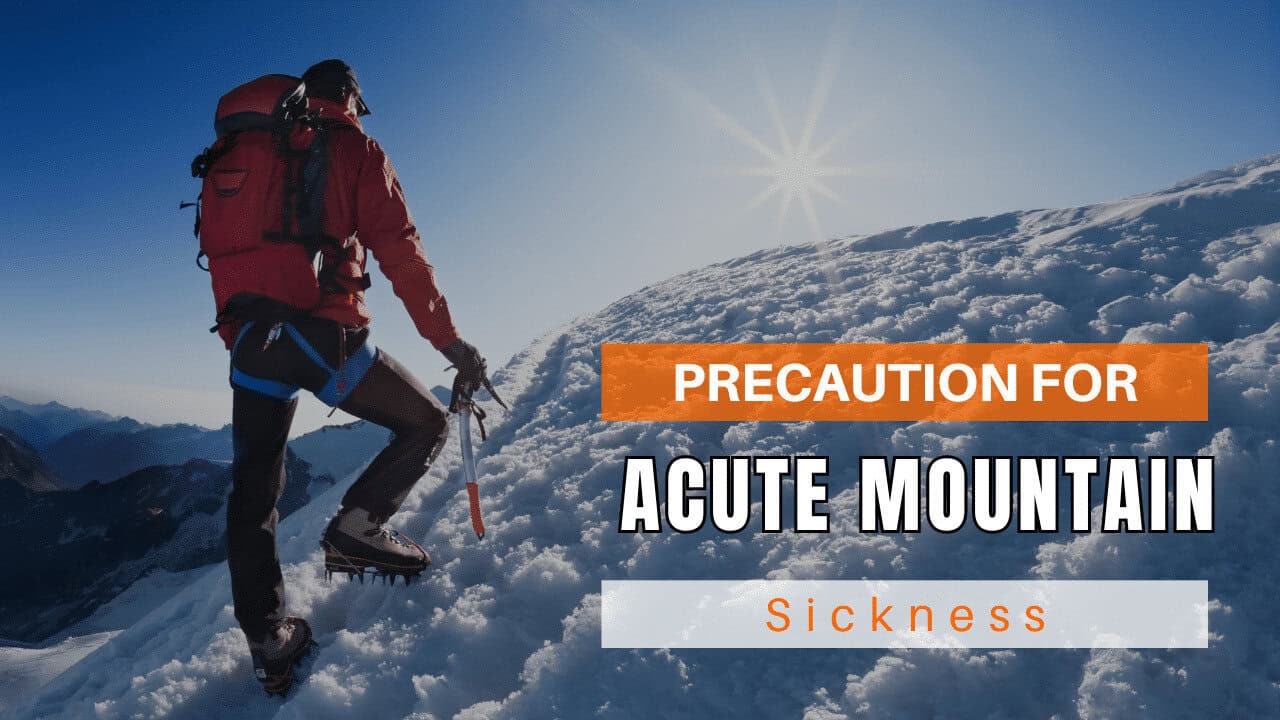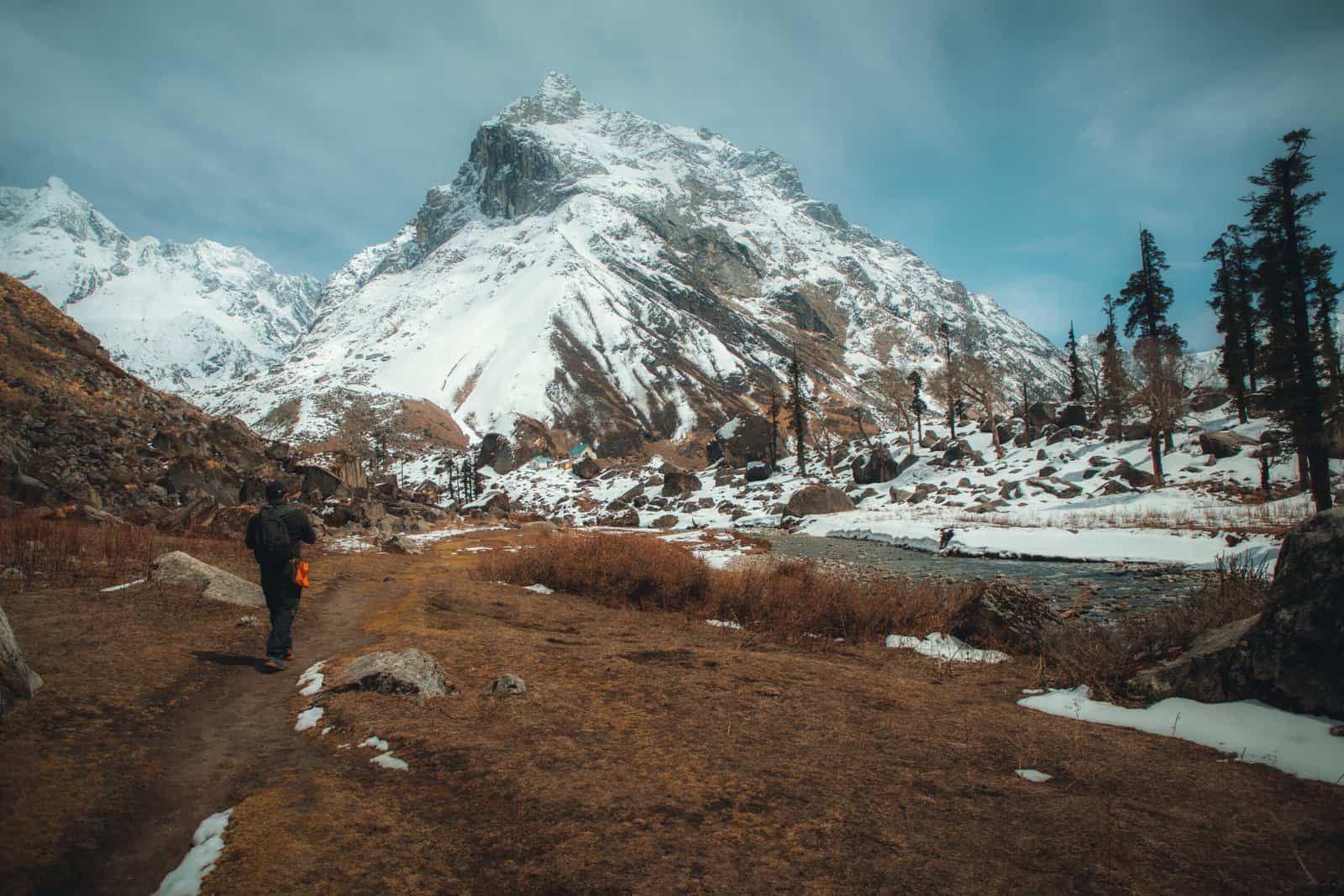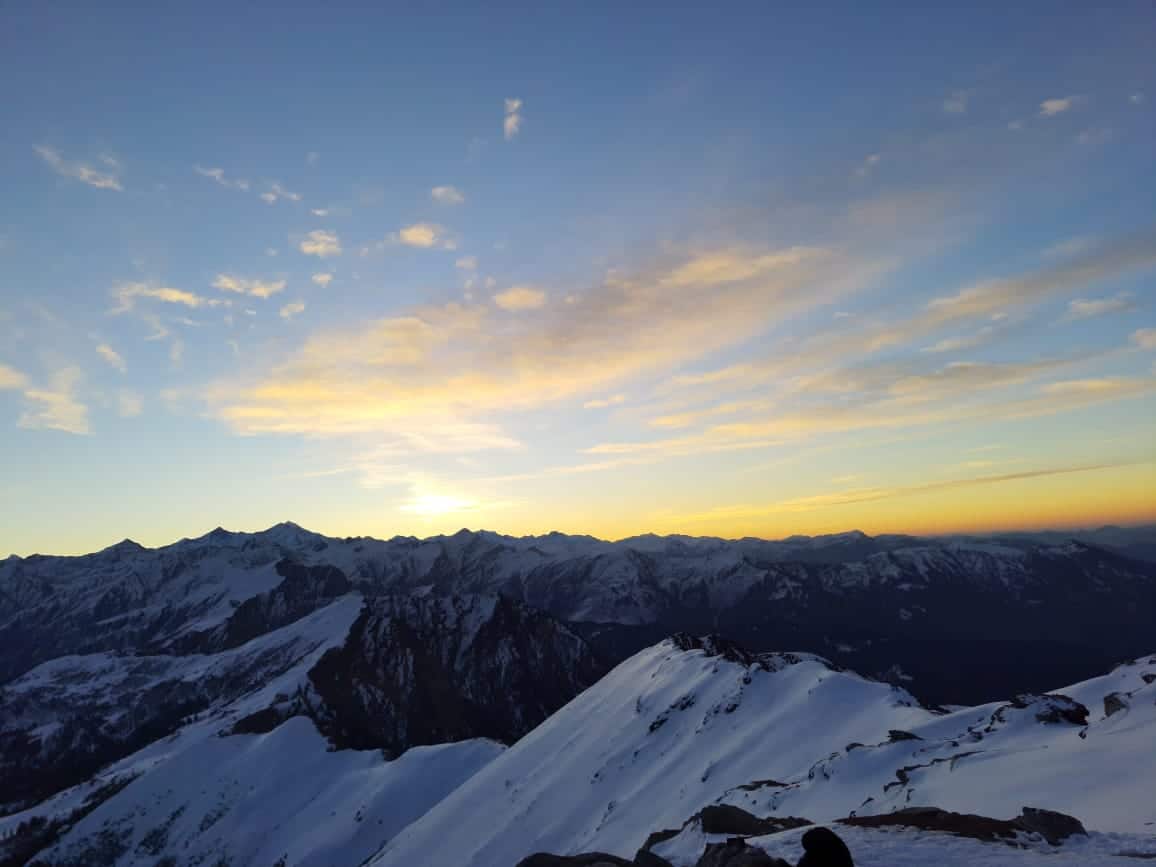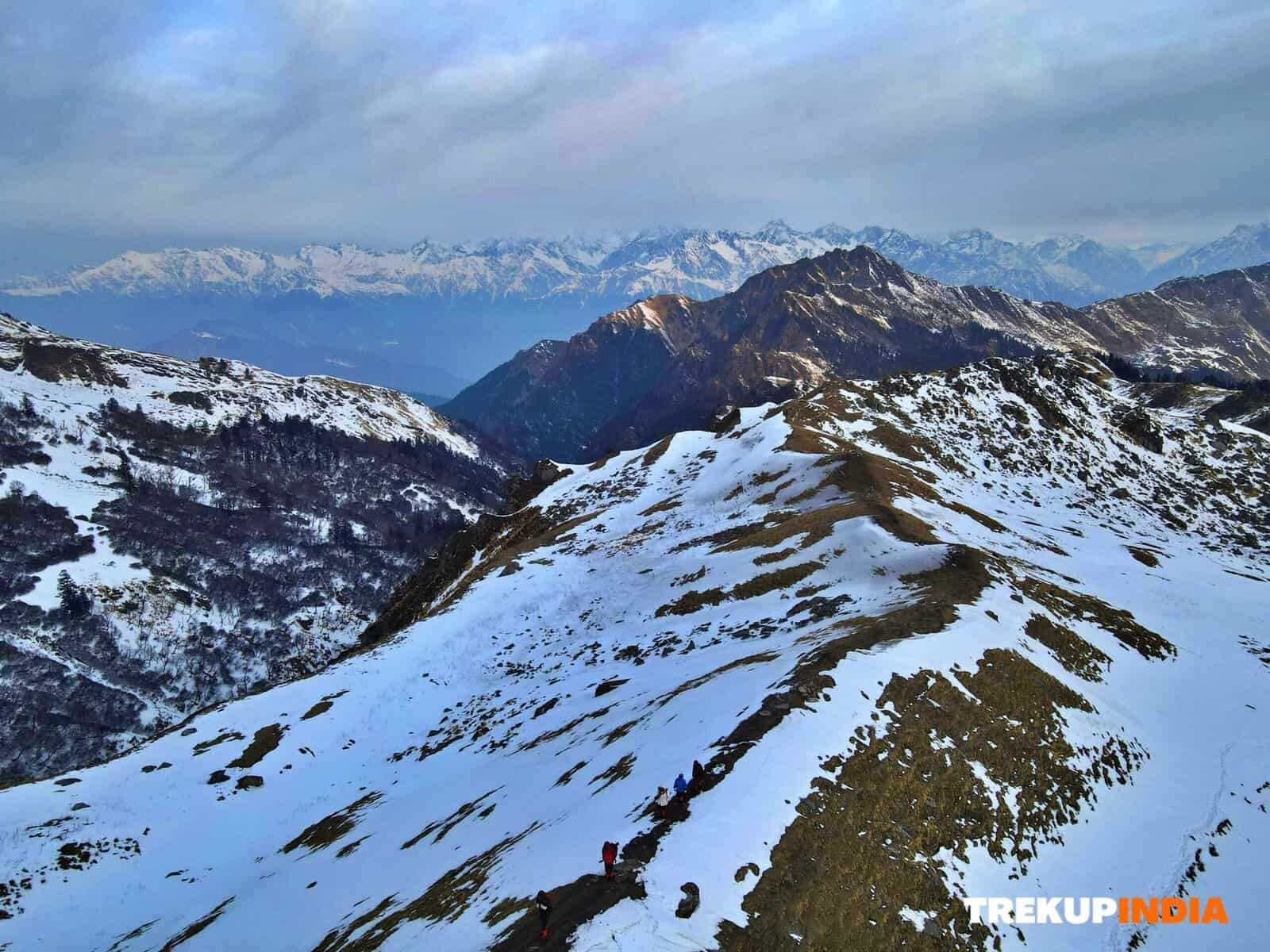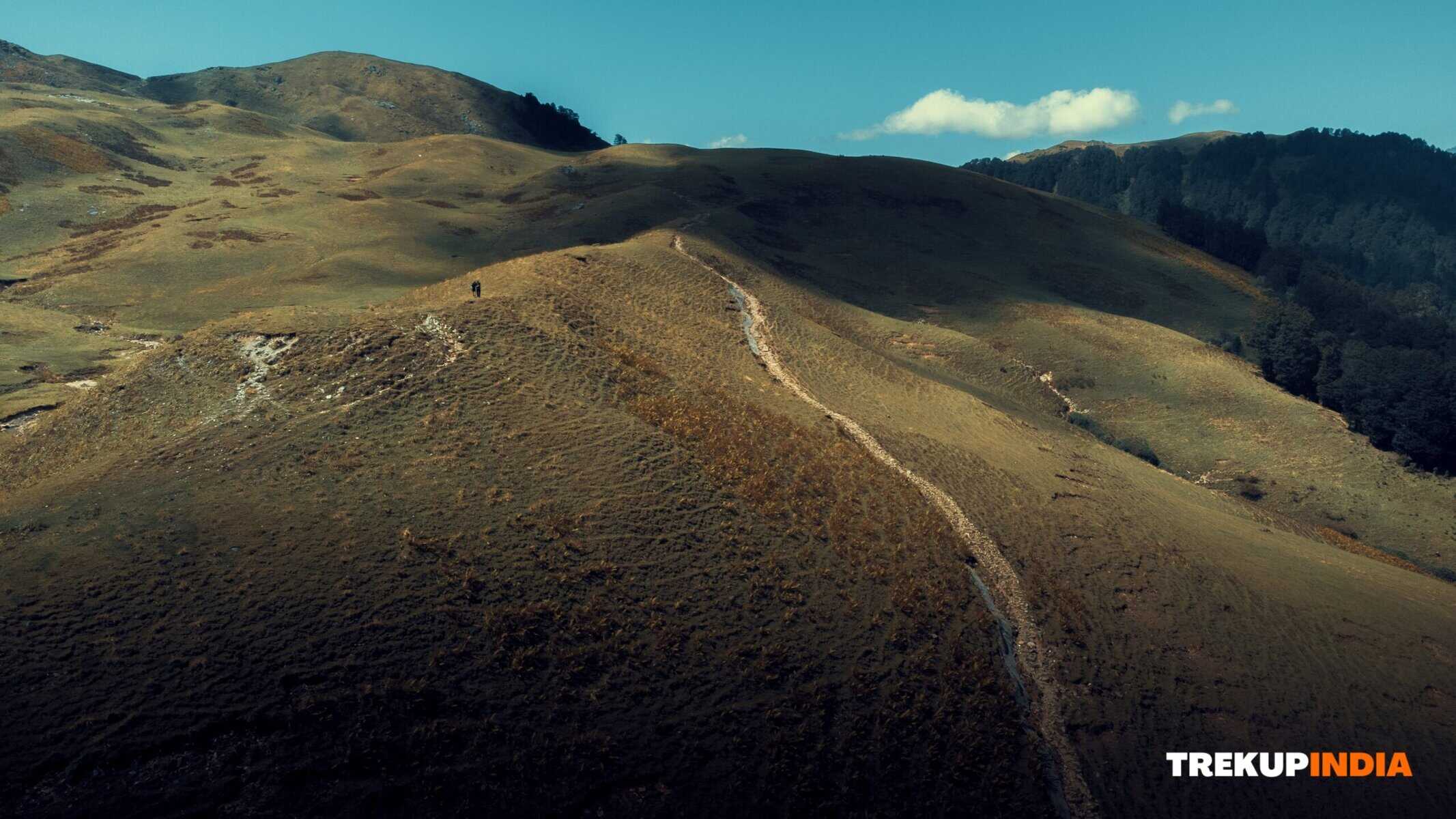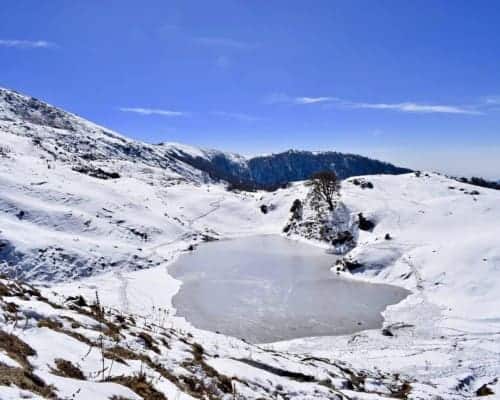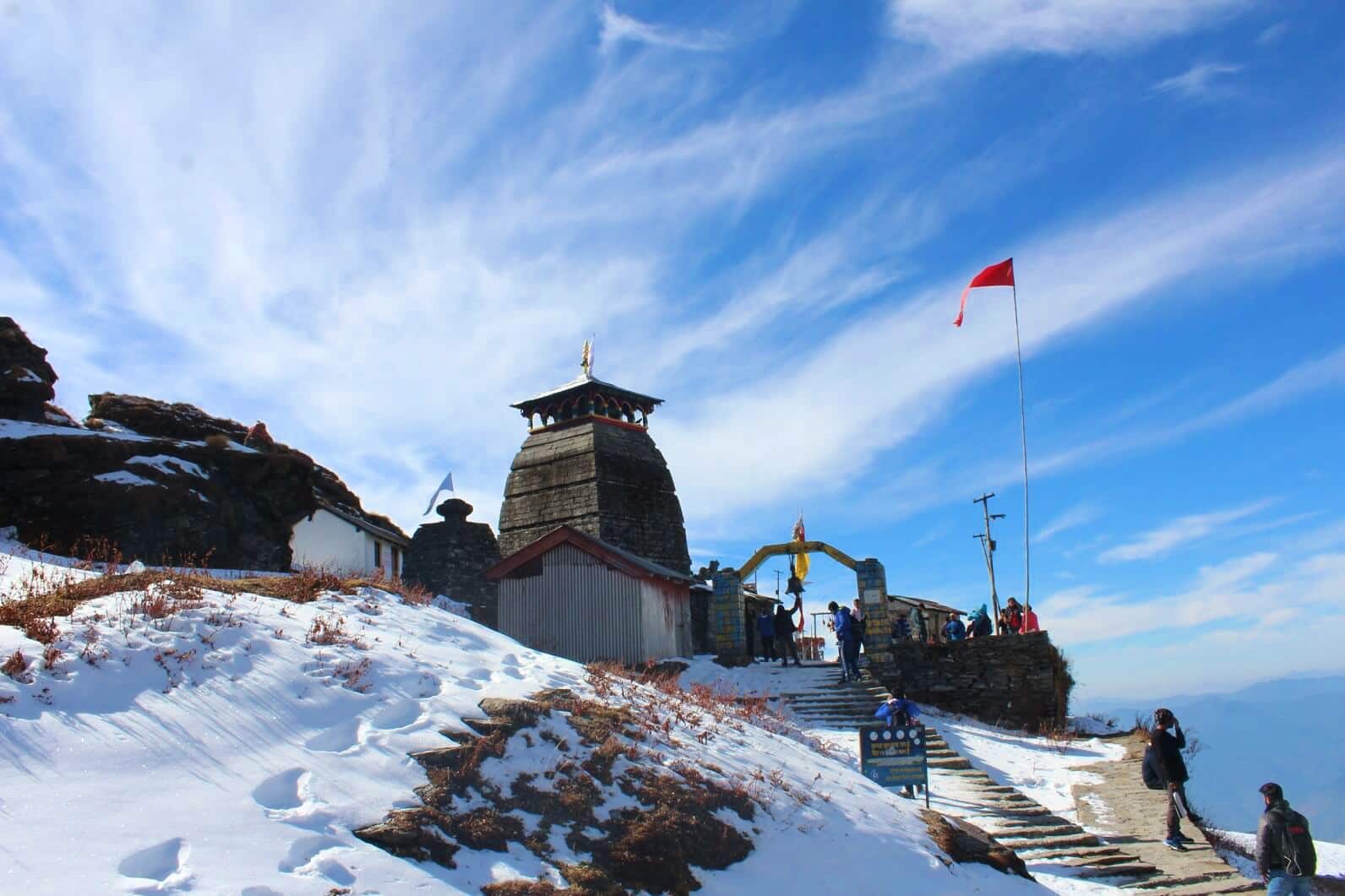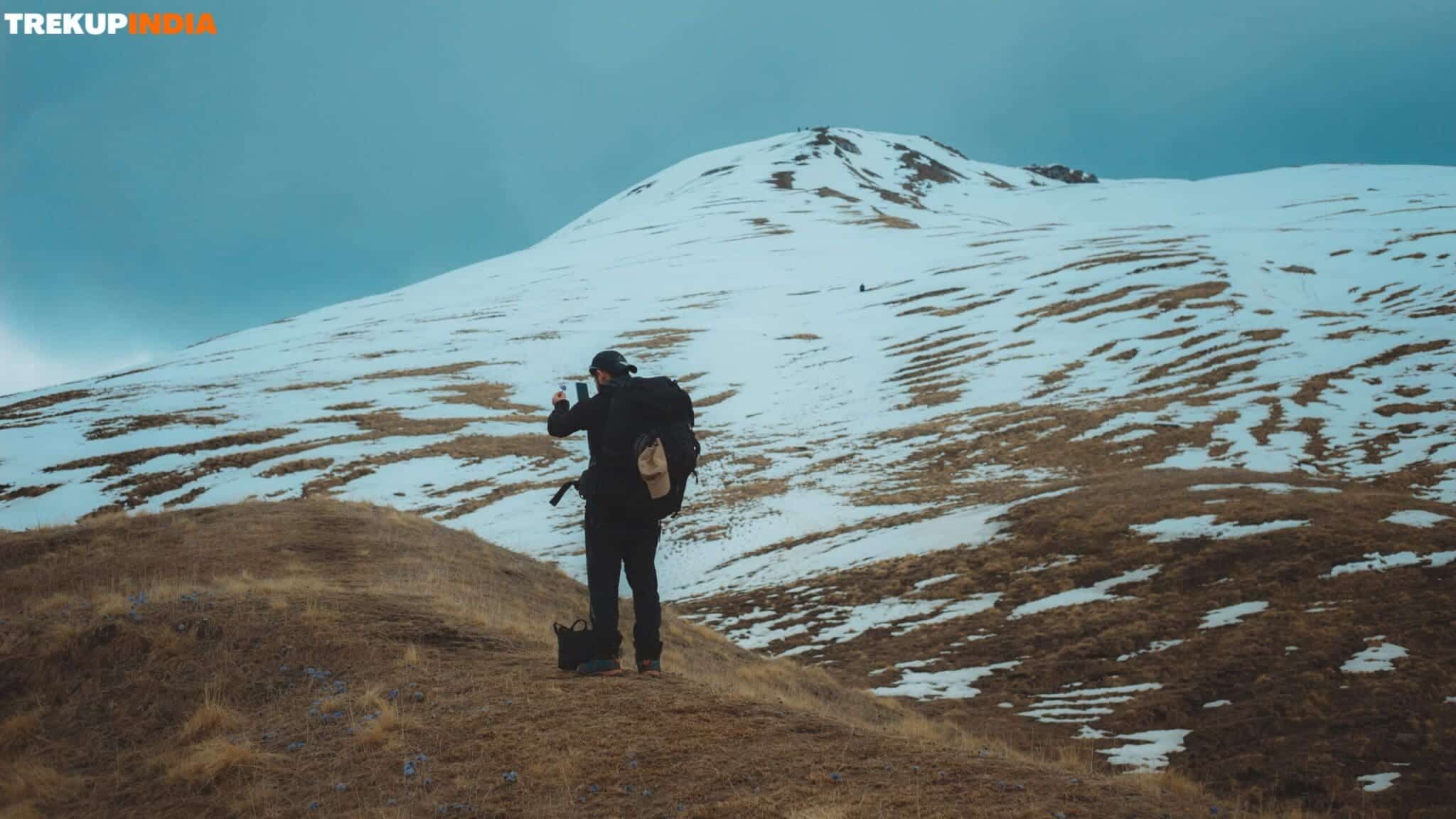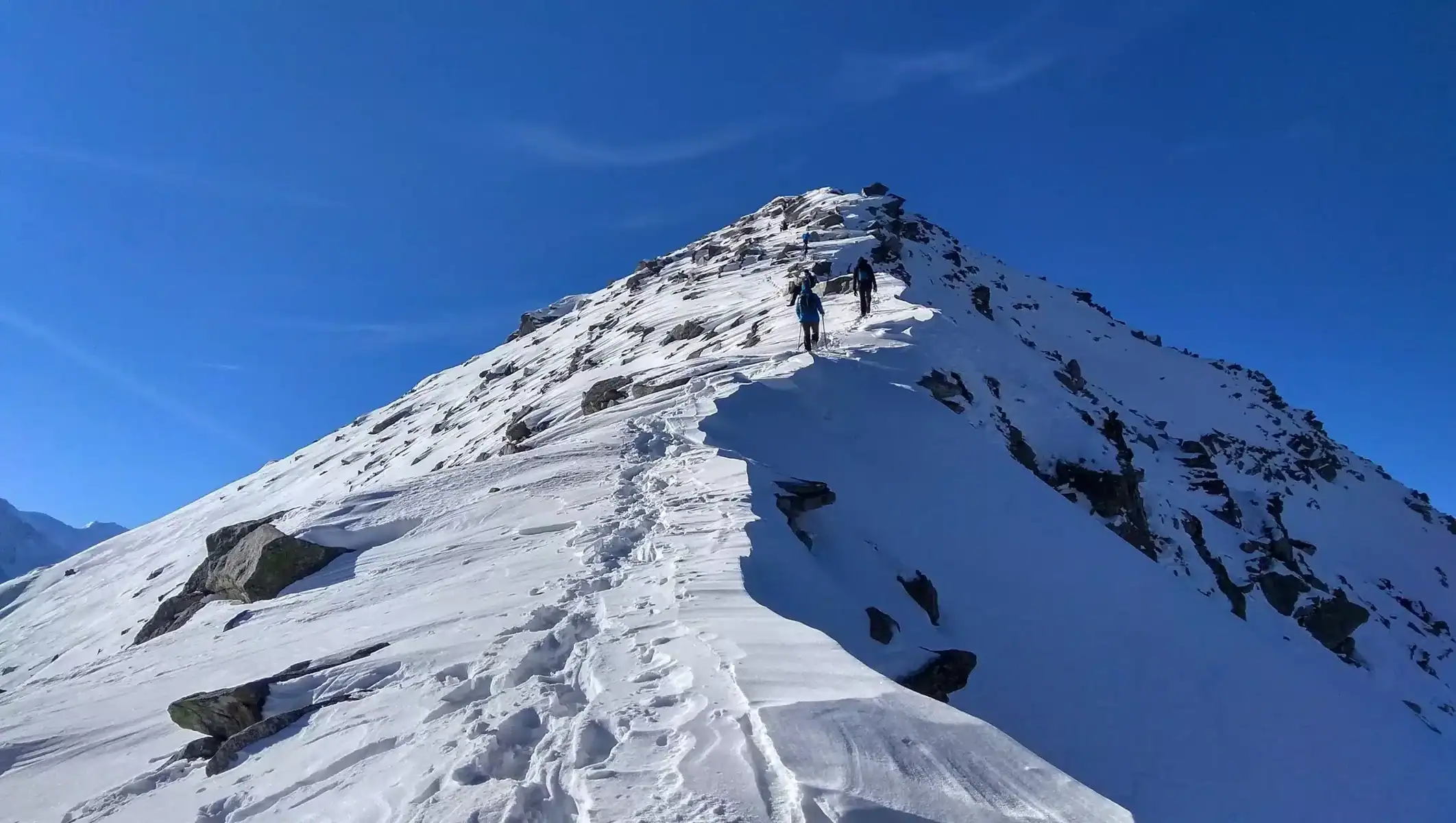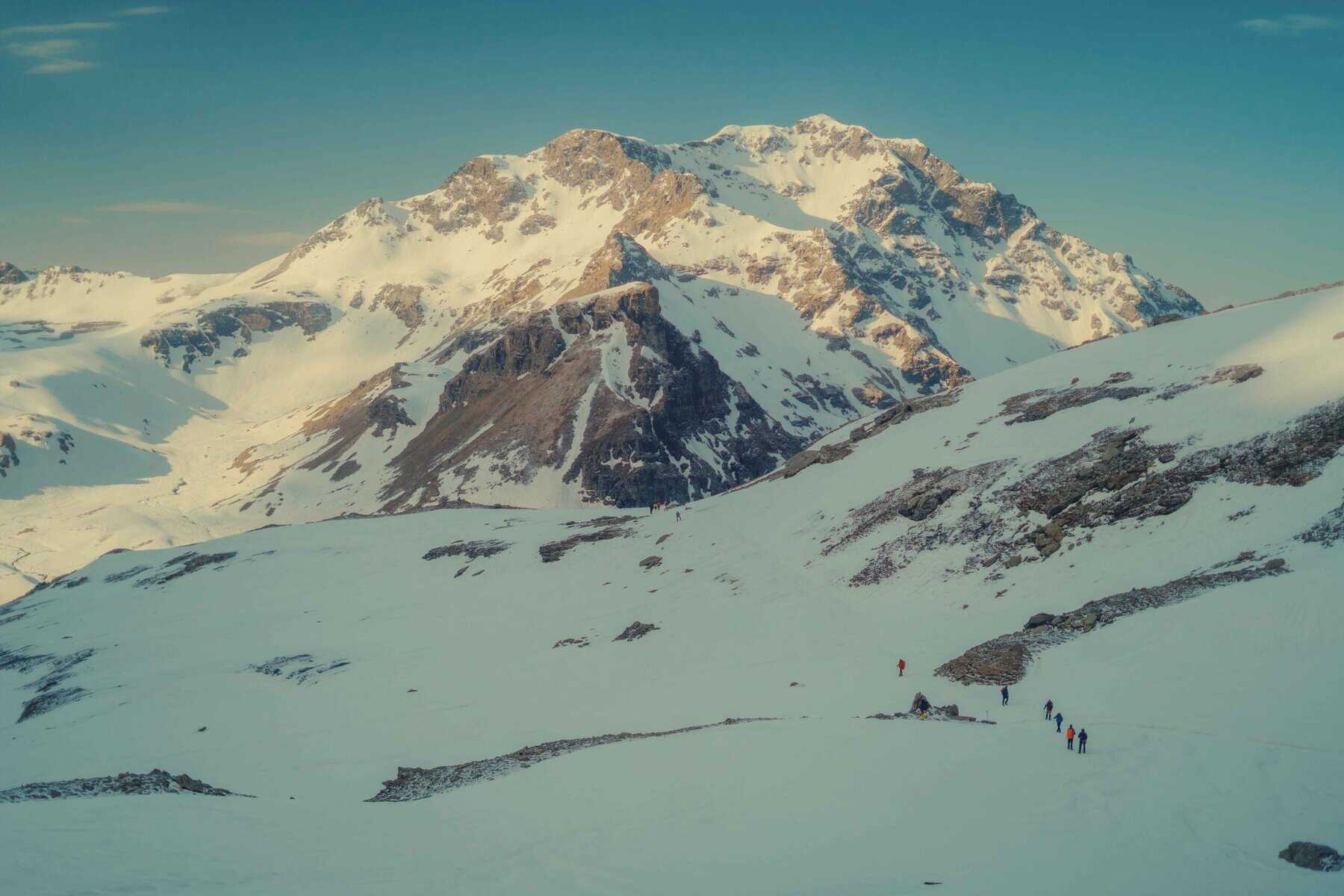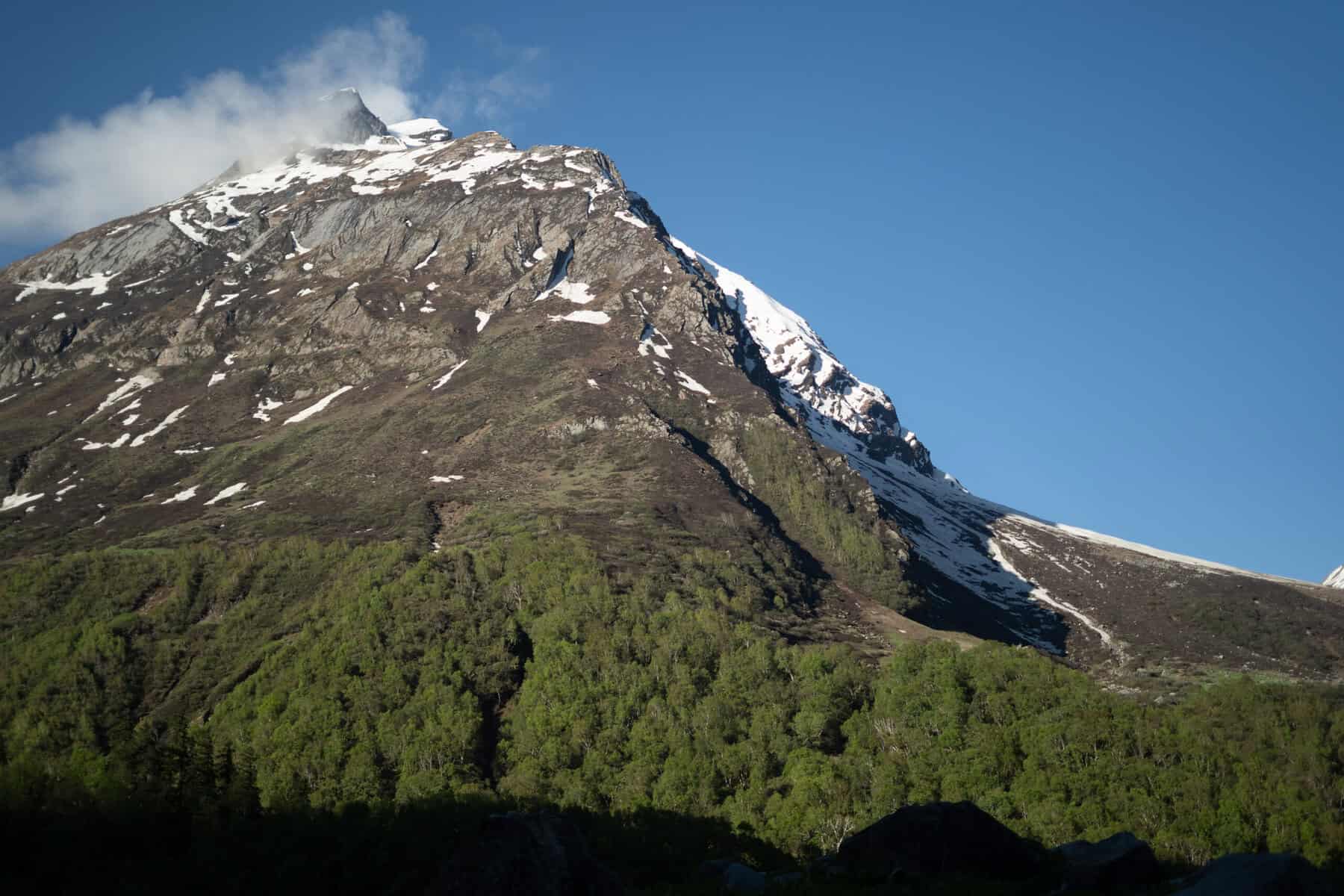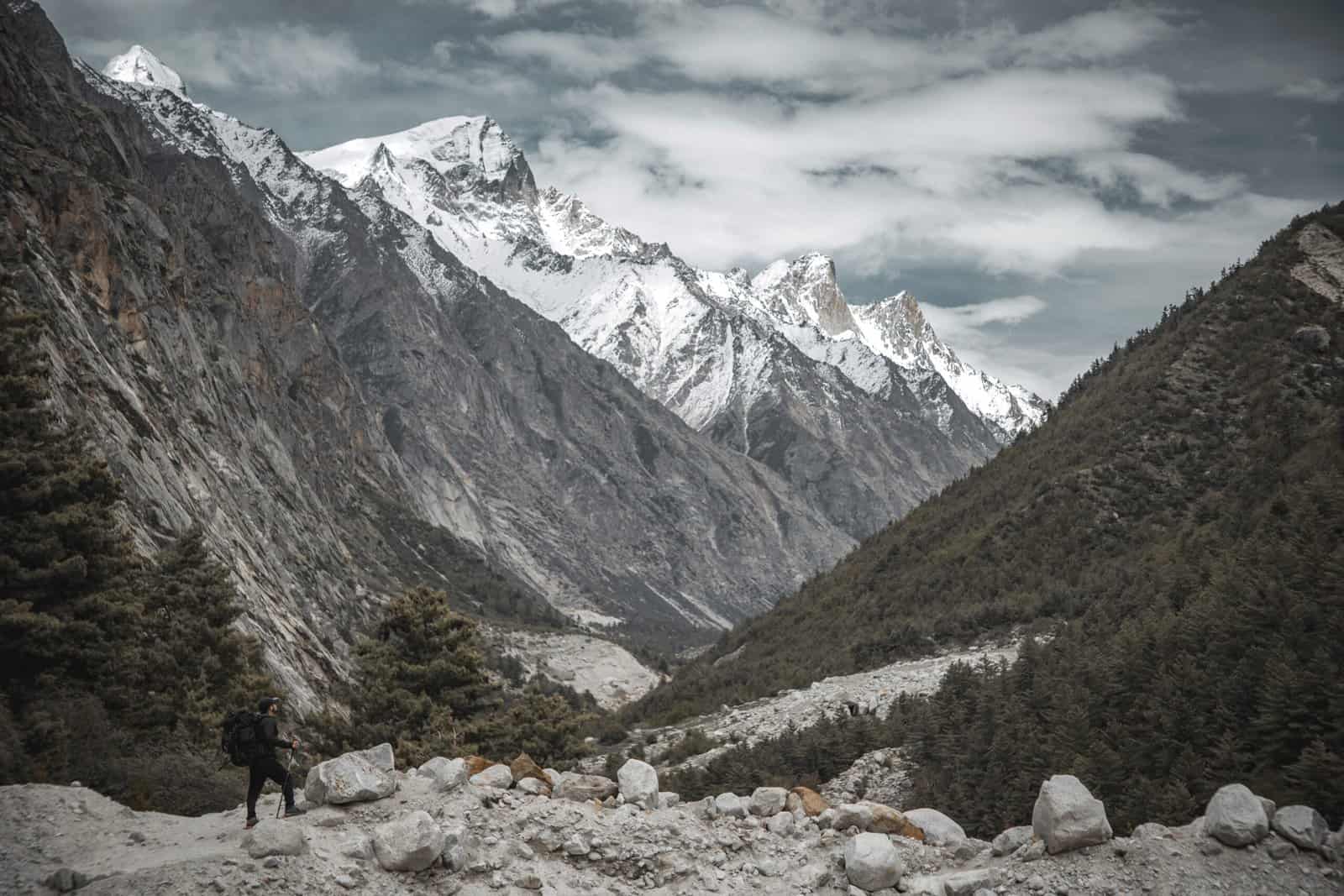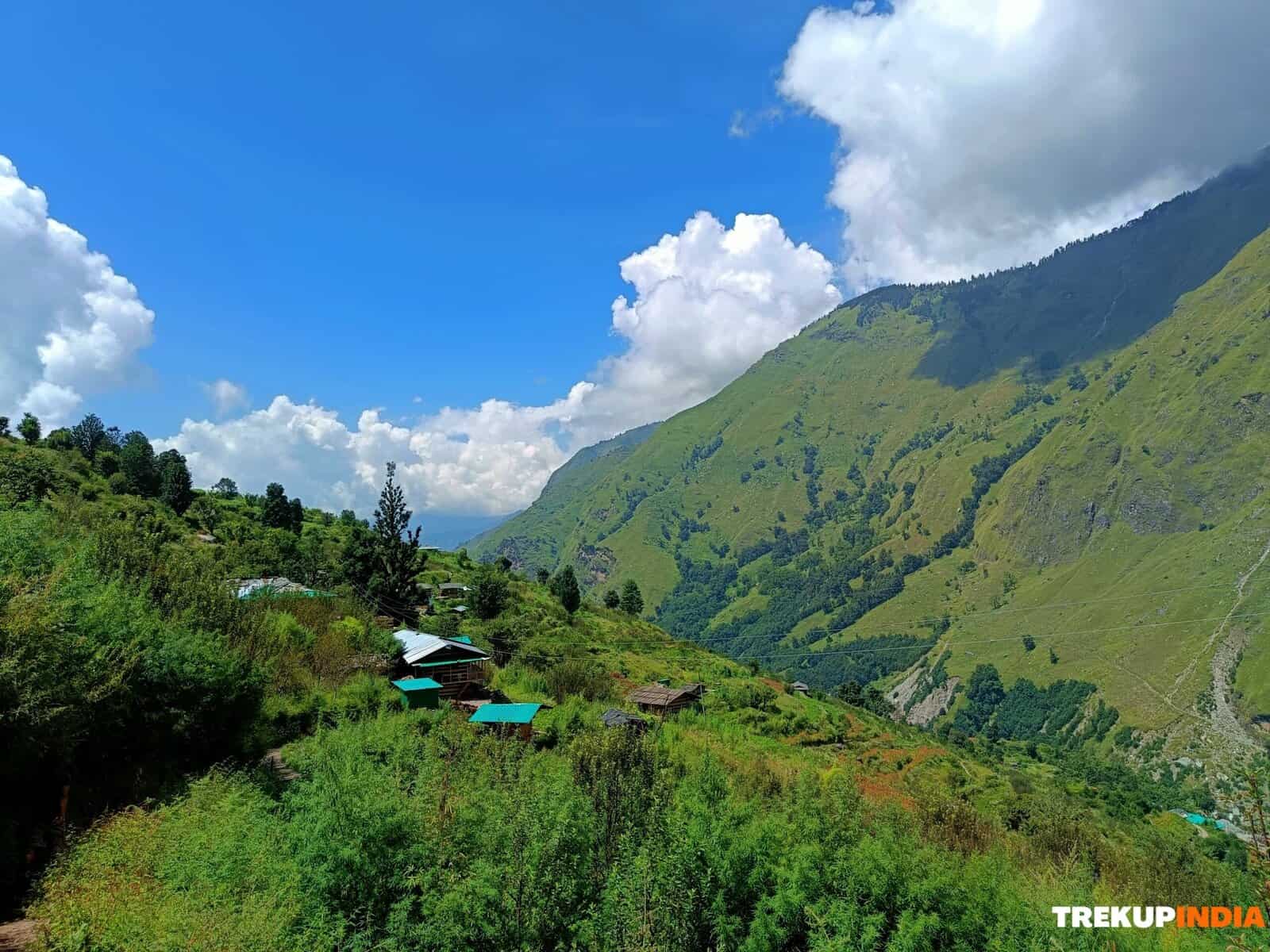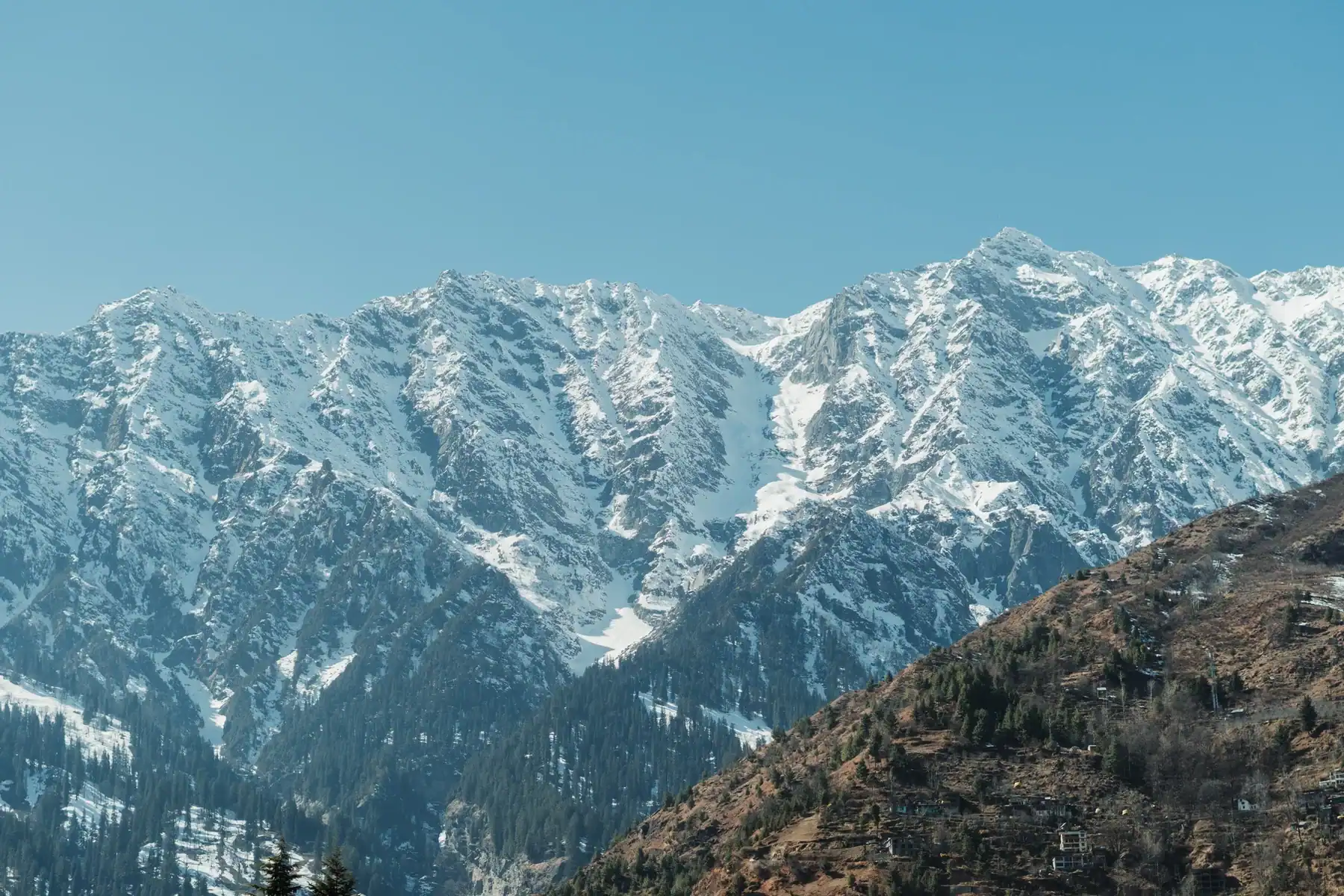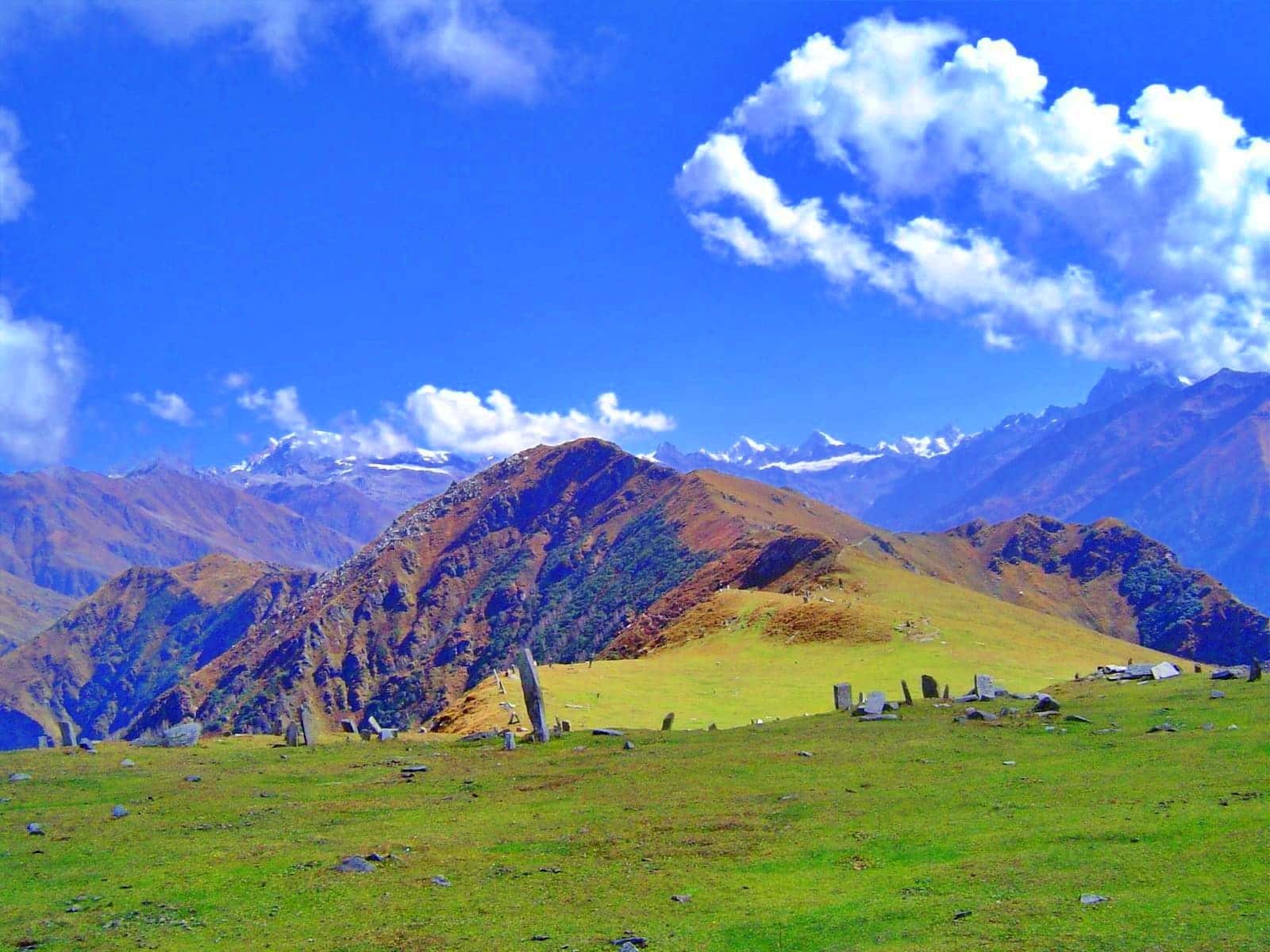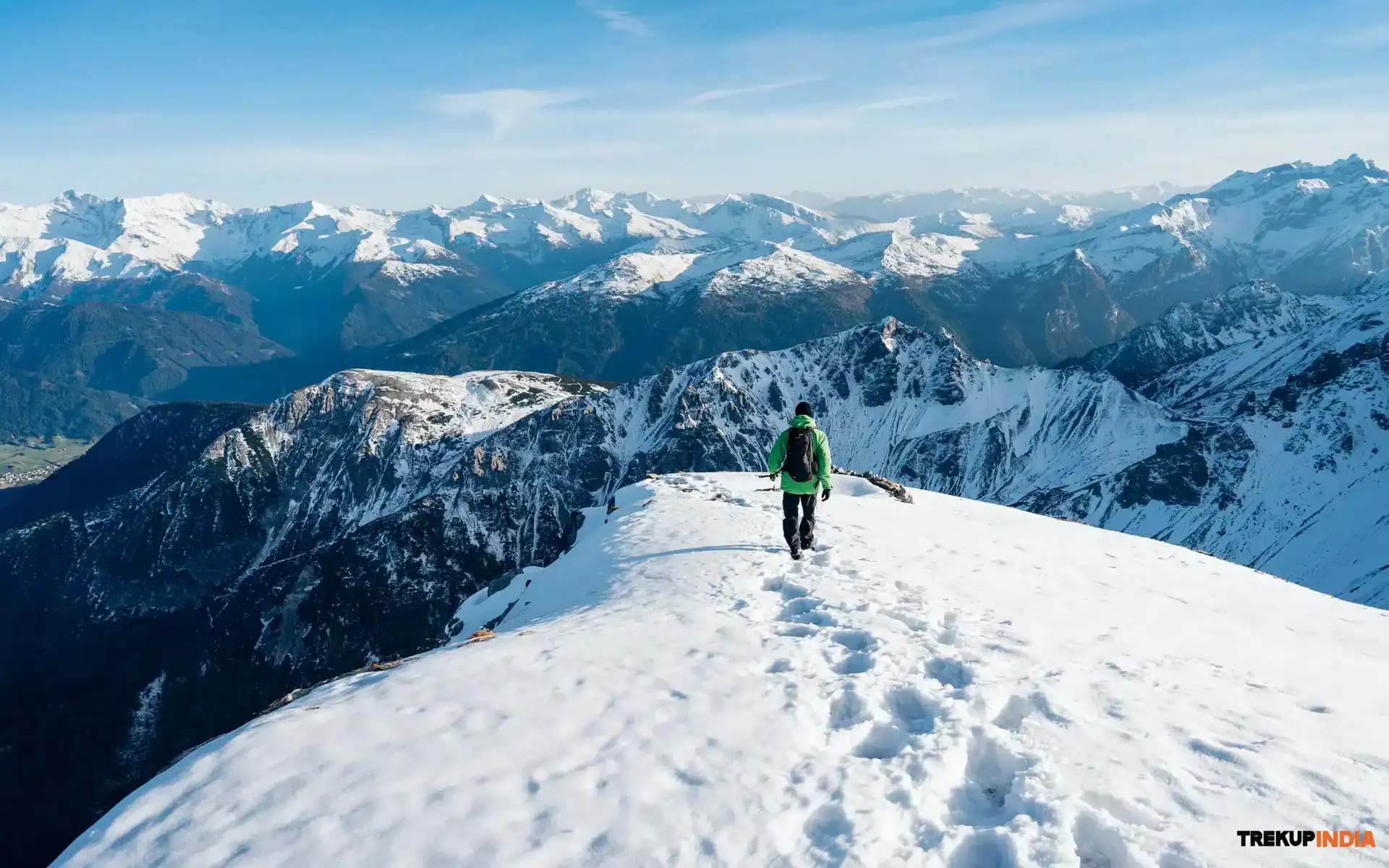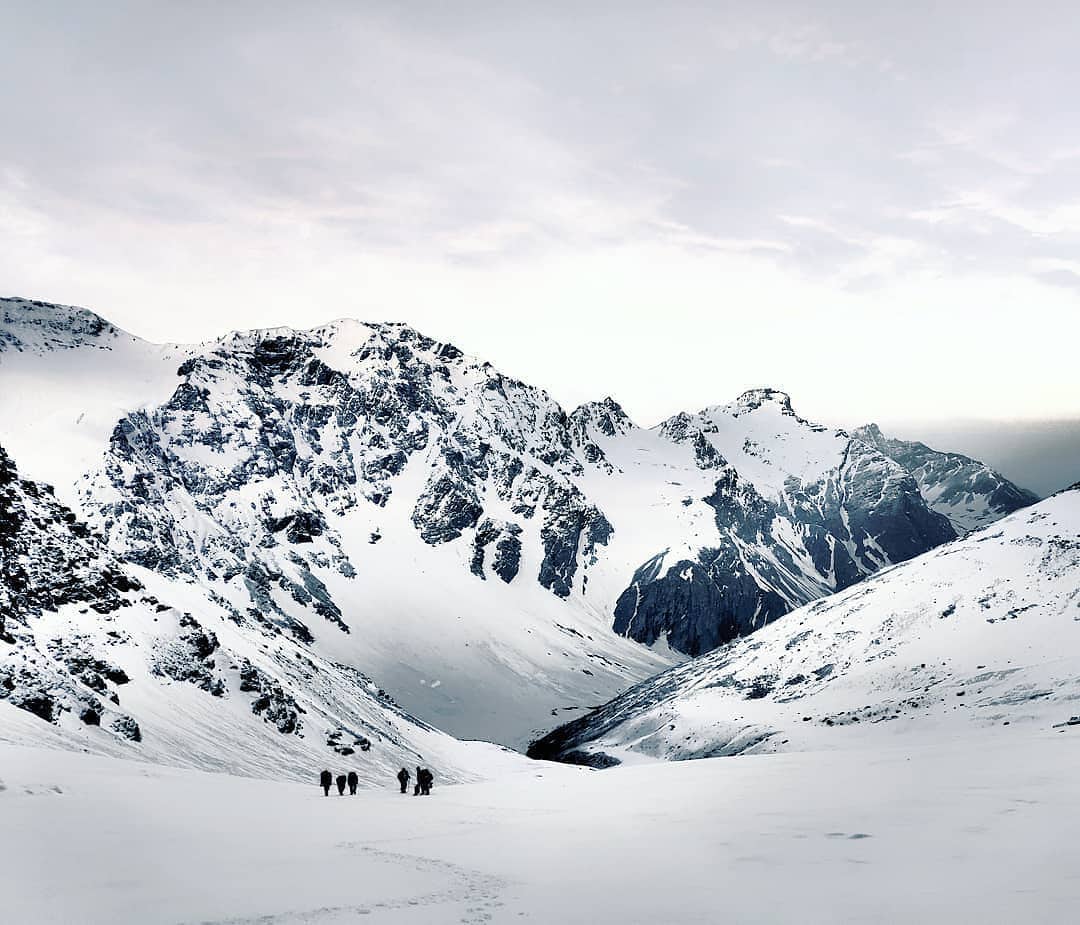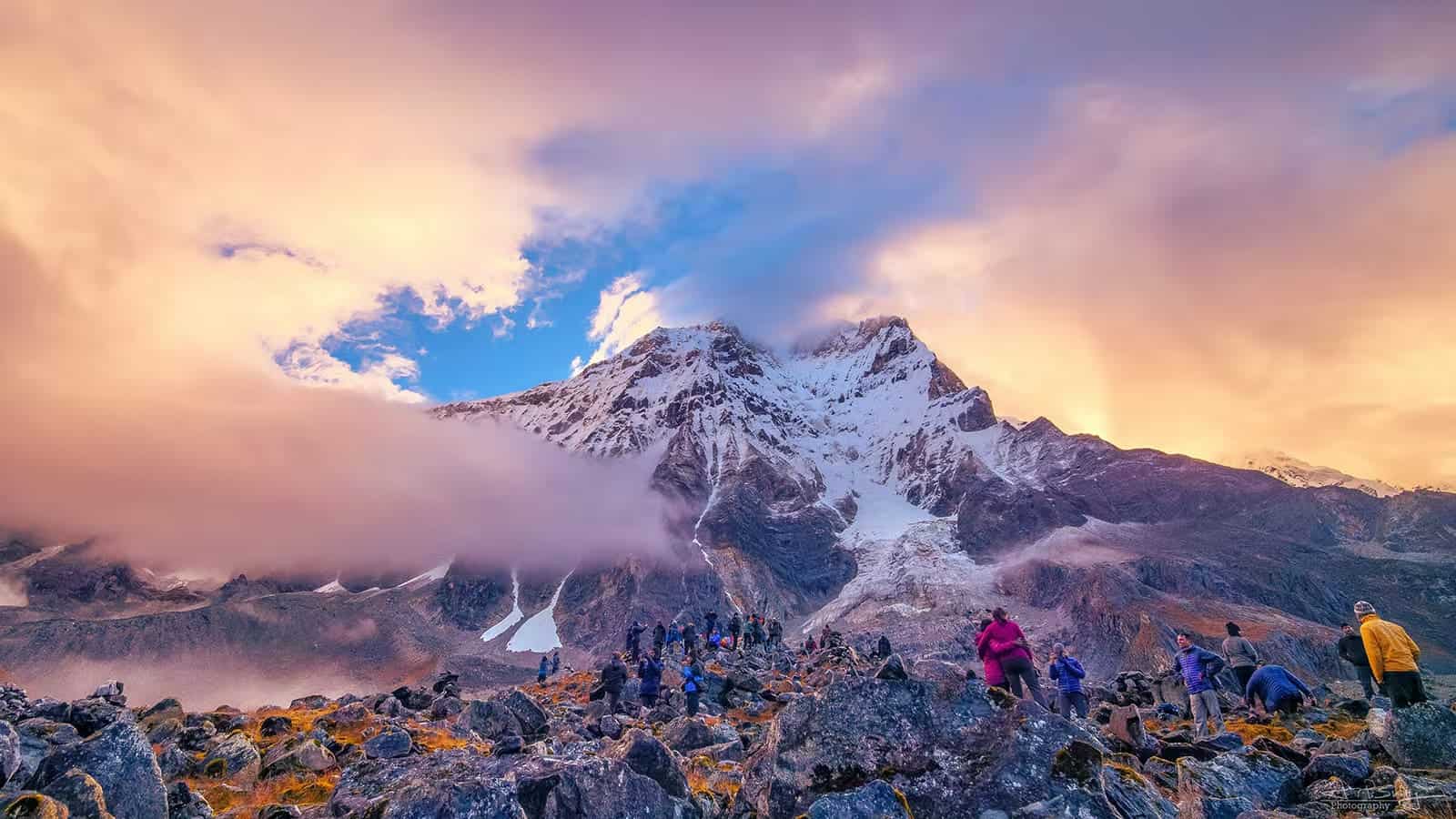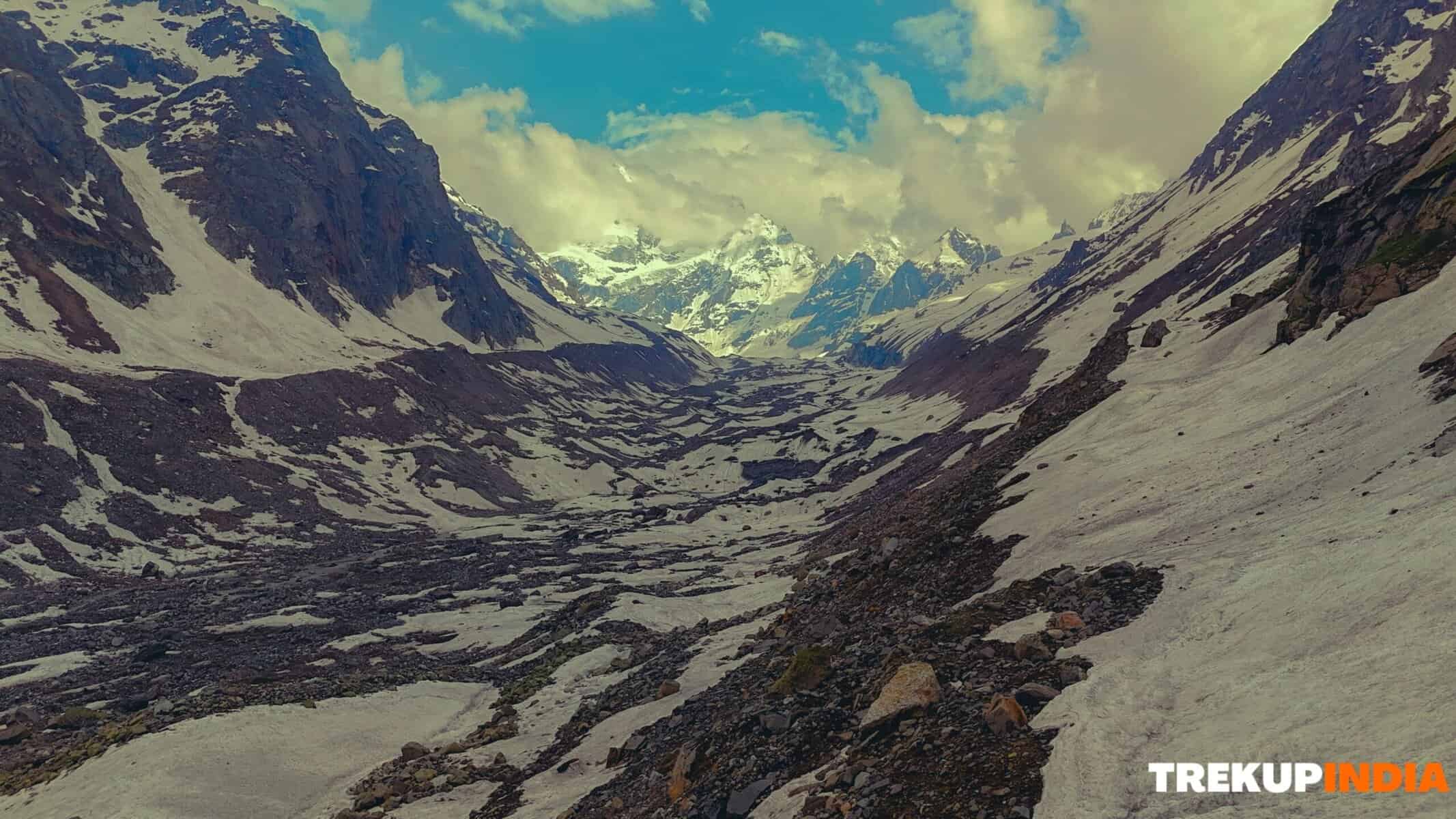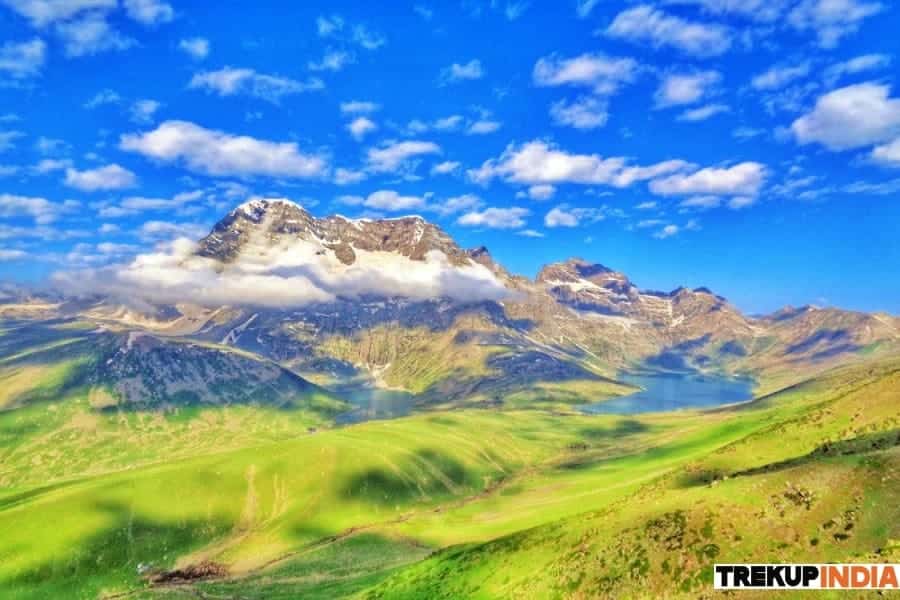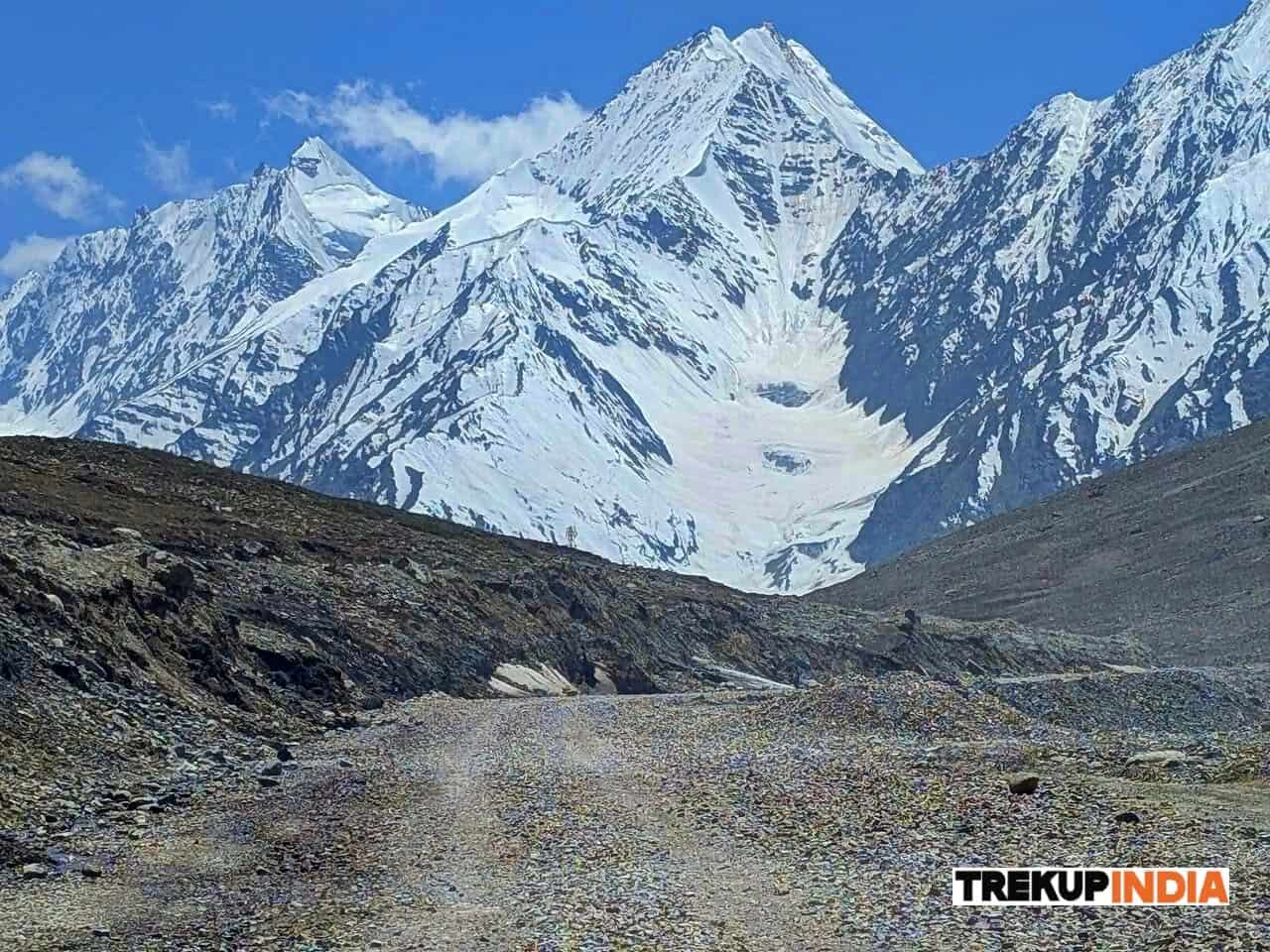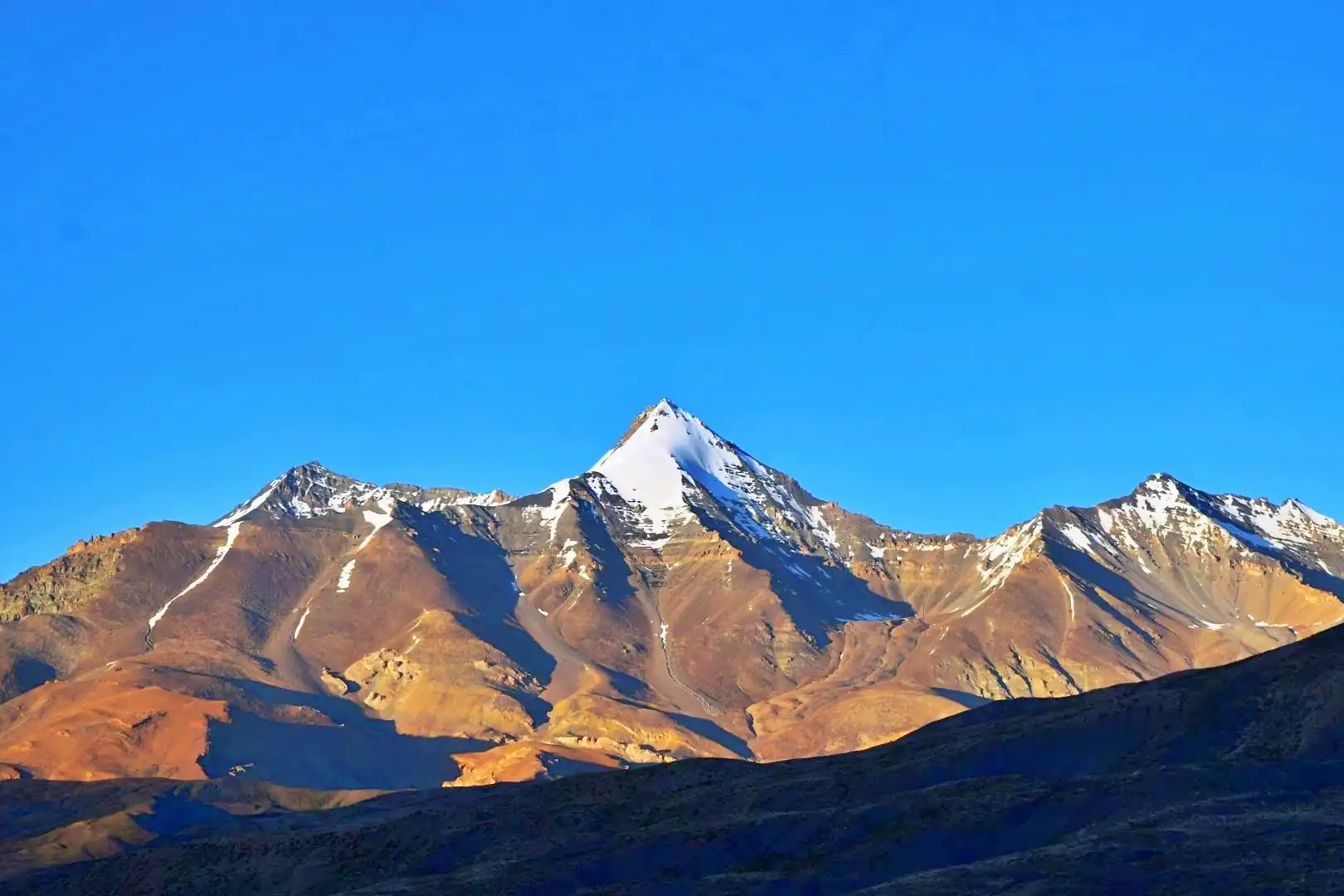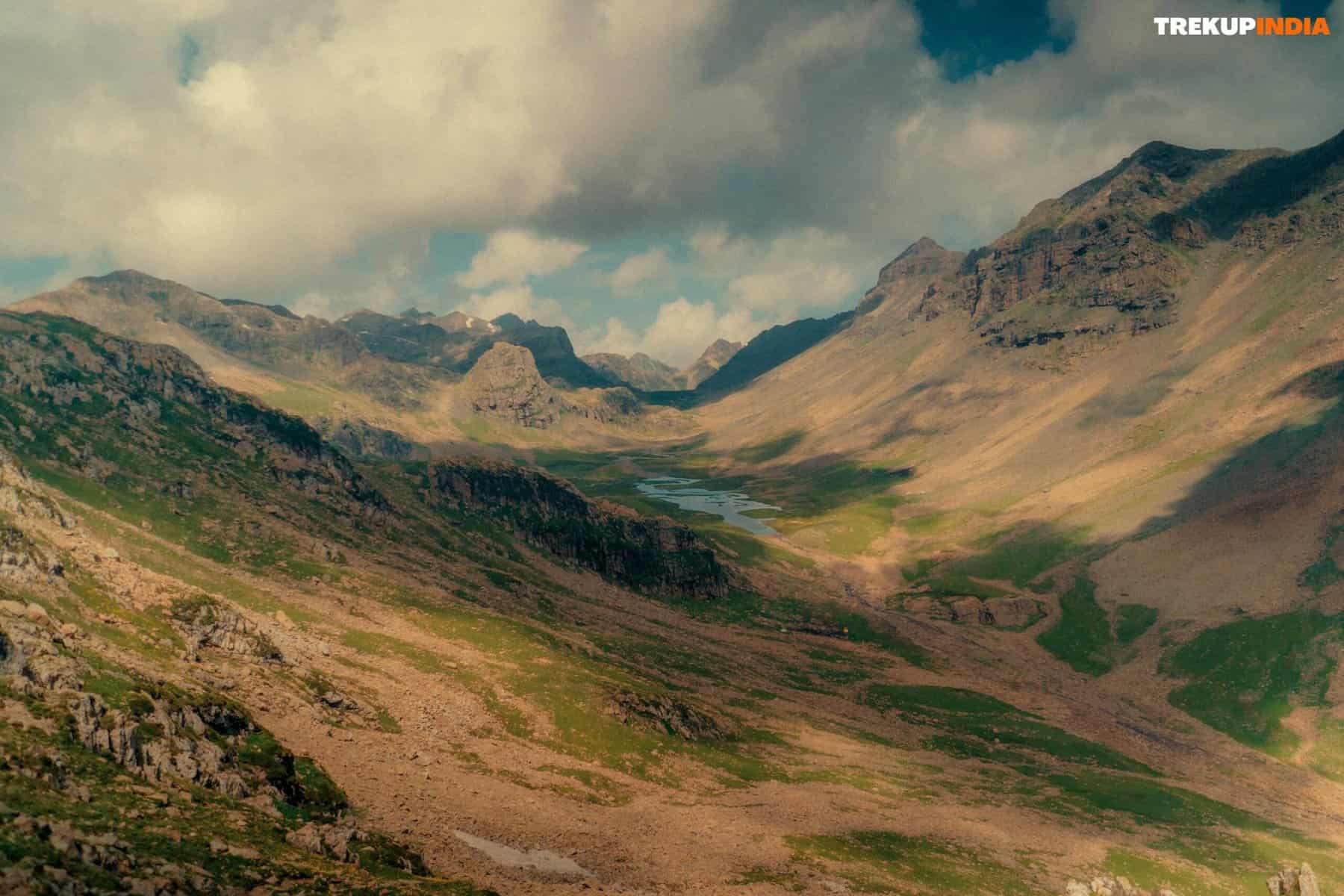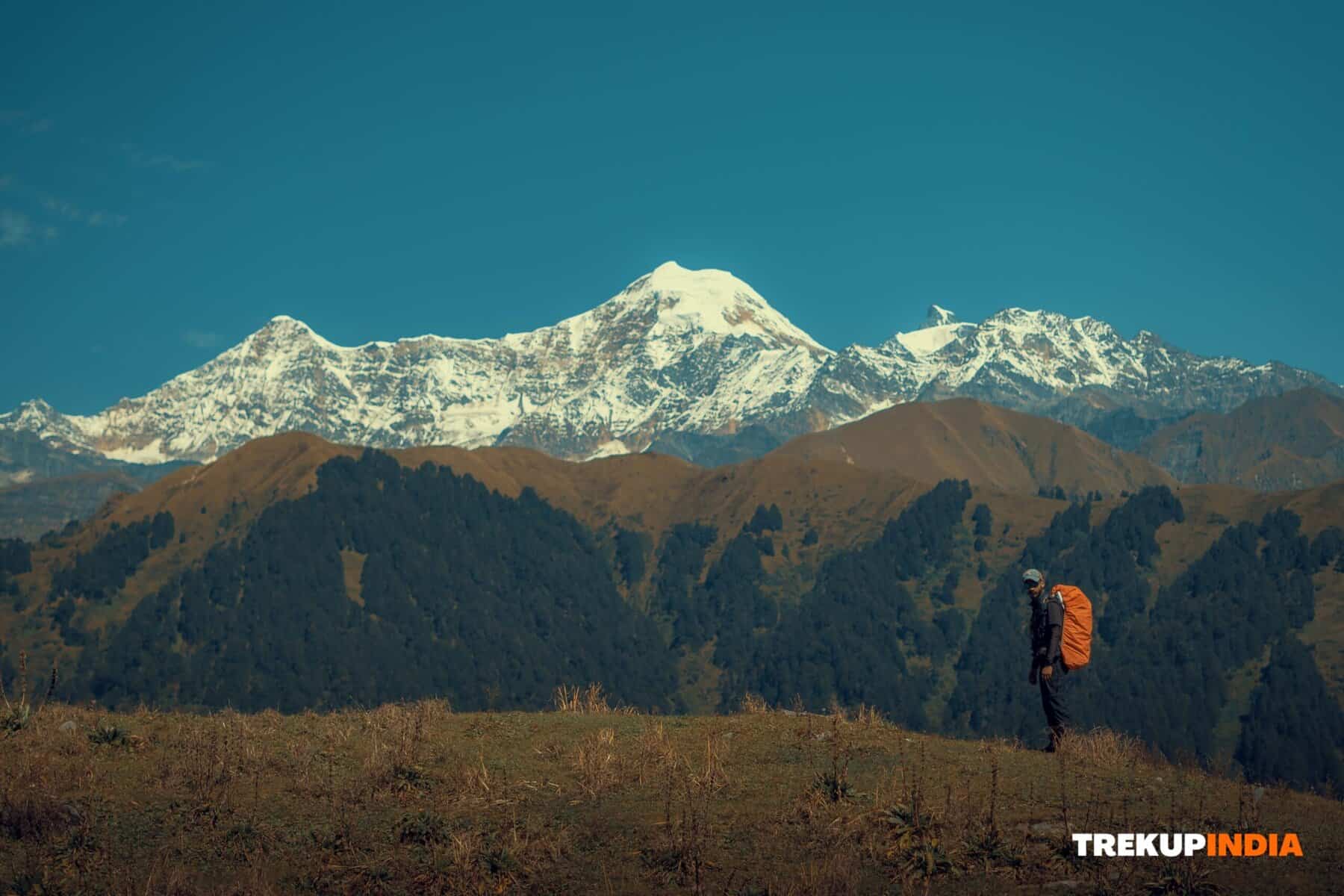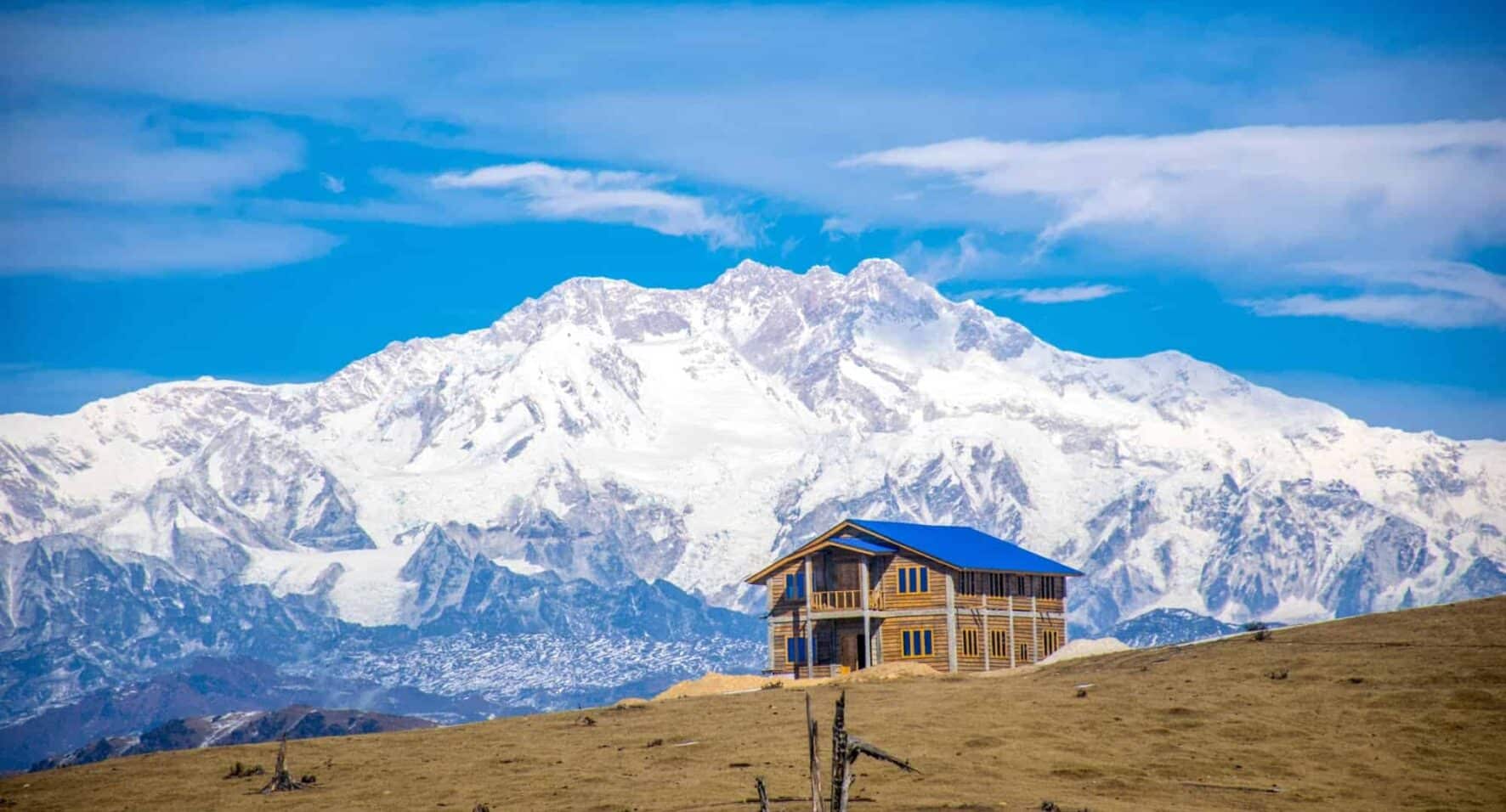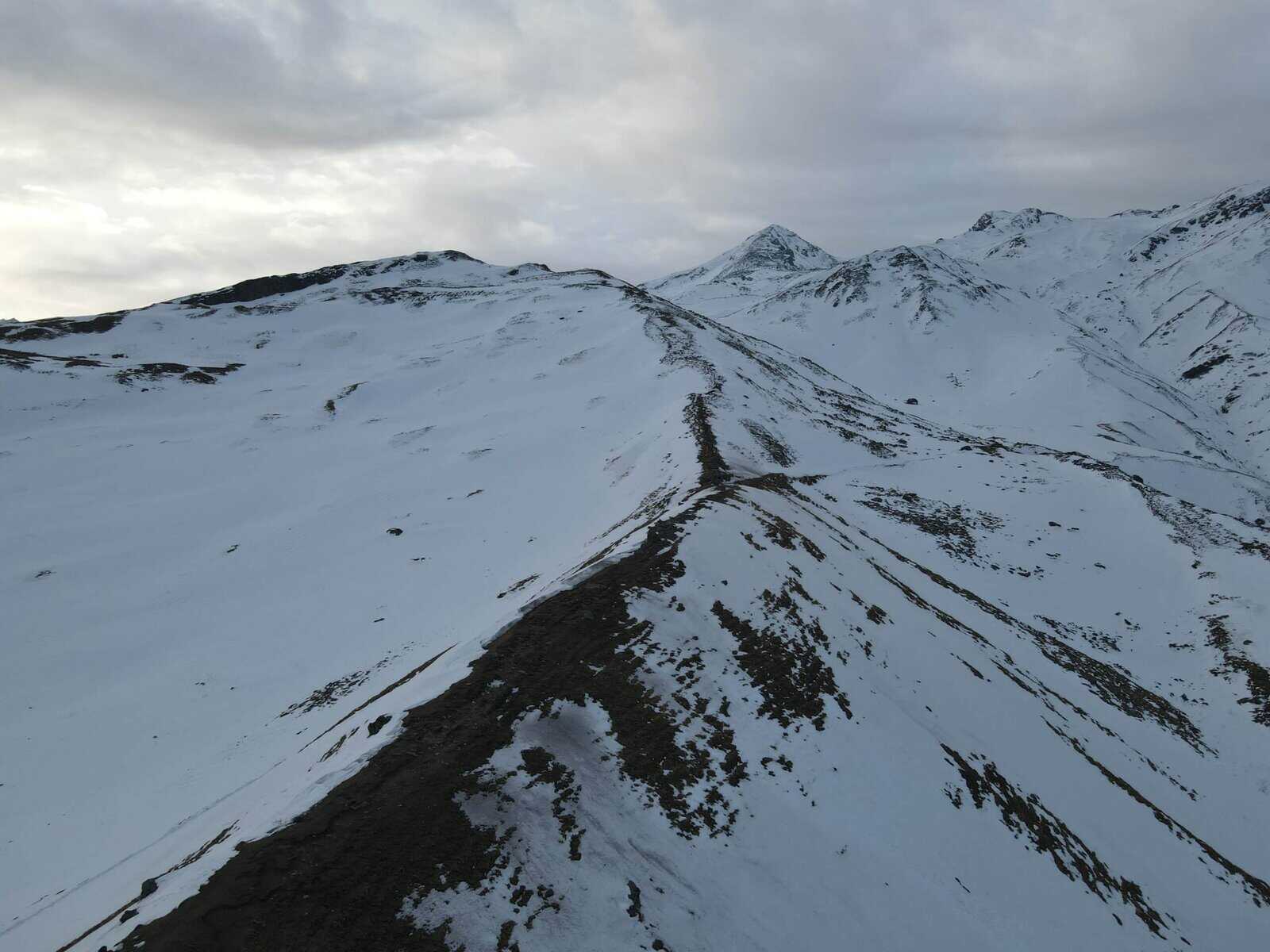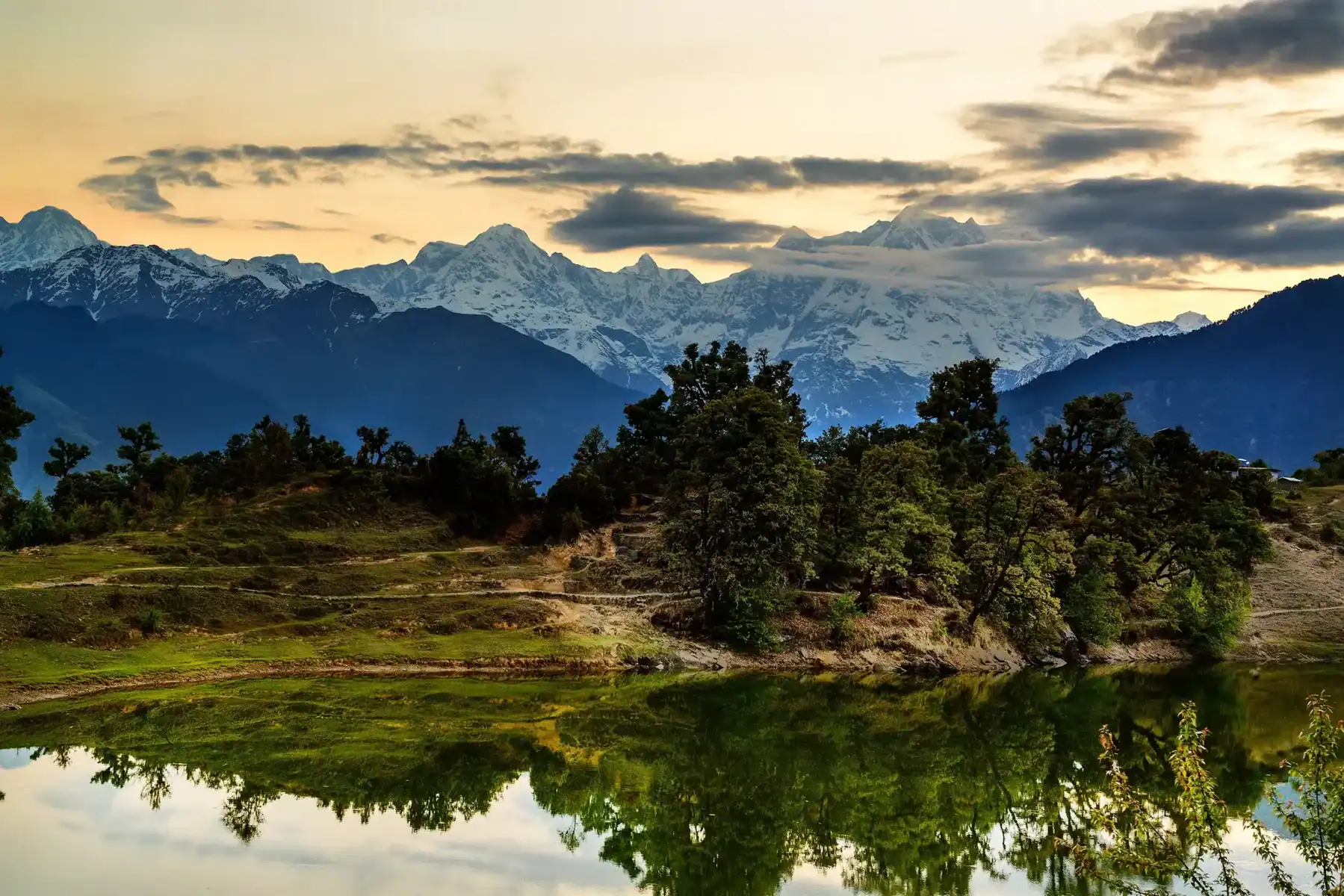How to get fit for the Pangarchulla Peak Trek 2025 as a beginner?
Getting ready for a high altitude Himalayan trek like Pangarchulla Peak requires a combination of cardiovascular fitness, strength training, flexibility, and endurance. The following 21-day plan is designed for beginners to help you gradually build the strength and stamina needed for this challenging but rewarding journey. It focuses on improving your cardio, building leg strength, and preparing your body for the demands of trkking at high altitudes.
21-Day Fitness Plan to Prepare for the Pangarchulla Peak Trek
Week 1: Building a Foundation
In the first week, you’ll focus on building your endurance and getting your body used to regular physical activity. This is the base you will build upon for the more challenging workouts in the upcoming weeks.
Day 1 – 3:
- Cardio: Brisk walk for 30 minutes on flat ground.
- Leg Strength: Bodyweight squats (3 sets of 12-15), lunges (3 sets of 12-15 per leg).
- Core Strength: Plank hold (3 sets of 30 seconds), leg raises (3 sets of 12).
Day 4:
- Active Rest Day: Light activity like stretching, yoga, or walking to keep your muscles active.
Day 5 – 7:
- Cardio: Brisk walk on incline (hill walk or treadmill) for 30-40 minutes.
- Leg Strength: Step-ups (3 sets of 12-15 per leg), wall sit (3 sets of 45 seconds).
- Core Strength: Russian twists (3 sets of 15), bicycle crunches (3 sets of 15).
Week 2: Increasing Intensity
In the second week, we’ll increase the intensity of the cardio exercises and incorporate more strength training for the legs and core.
Day 8 – 10:
- Cardio: Jogging or brisk walking for 40 minutes (use stairs or incline wherever possible).
- Leg Strength: Bulgarian split squats (3 sets of 10 per leg), calf raises (3 sets of 20).
- Core Strength: Mountain climbers (3 sets of 30 seconds), side plank (3 sets of 30 seconds each side).
Day 11:
- Active Rest Day: Stretching, yoga, or light walking to improve flexibility.
Day 12 – 14:
- Cardio: Uphill walking or hiking for 45 minutes, gradually increasing the elevation.
- Leg Strength: Box jumps (3 sets of 10), lunges with weights (3 sets of 12 per leg).
- Core Strength: Leg raises (3 sets of 15), plank with arm lift (3 sets of 30 seconds).
Week 3: Peak Performance
In the final week, focus on simulating the conditions of a real trek with challenging cardio and strength training exercises. This will push your limits and get you mentally and physically prepared for the Pangarchulla Peak trek.
Day 15 – 17:
- Cardio: Hiking or stair climbing with a backpack for 45 minutes to 1 hour. Simulate the trek conditions by adding weight (start with light weights, like 2-5 kg).
- Leg Strength: Weighted squats (3 sets of 15), lunges (3 sets of 12 per leg), step-ups with weight (3 sets of 12 per leg).
- Core Strength: Plank with leg raises (3 sets of 30 seconds), Russian twists with weight (3 sets of 15).
Day 18:
- Active Rest Day: Go for a long walk or do yoga to relax your body.
Day 19 – 21:
- Cardio: A combination of brisk hiking, stair climbing, or uphill walks for 1 hour.
- Leg Strength: Squats, lunges, calf raises (3 sets of 15-20).
- Core Strength: Side plank (3 sets of 45 seconds), mountain climbers (3 sets of 45 seconds).
Additional Tips to get fit before going on Himalayan Treks:
- Focus on Cardiovascular Fitness
One of the most important aspects of fitness for hiking is cardiovascular endurance. You’ll be trekking for hours, often at higher altitudes, so building stamina is crucial. Start with activities that get your heart pumping, such as running, cycling, or swimming. Aim for at least 30-40 minutes of cardio, 3-4 times a week, gradually increasing the intensity.
Training for high altitude Himalayan trekking means your body needs to get used to working harder in lower oxygen environments. If possible, incorporate incline walking or hiking on hills into your workouts to mimic the uphill terrains of the trek. Over time, this will improve your cardiovascular health and your ability to perform during the trek.
- Strength Training for Trekking
Strong muscles are vital for handling the uneven and challenging trails of high altitude trekking. Incorporate exercises like squats, lunges, and leg presses to build leg strength, which will be essential for long ascents and descents. Core exercises such as planks and Russian twists will help with your balance and posture, reducing the risk of injury during the trek.
For training for high altitude mountaineering, it’s important to also focus on your upper body strength. Push-ups, dumbbell rows, and shoulder presses will help in carrying your backpack comfortably during the trek.
- Flexibility and Mobility
A flexible body is essential to prevent injury during any high altitude trek. Stretching and yoga will help improve your mobility and prevent tight muscles from restricting your movement. Incorporate stretching into your daily routine, focusing on your hamstrings, quadriceps, calves, and back.
- Trekking Specific Training
The best way to prepare for a high altitude trek is by trekking itself! If possible, go on local hikes to get used to walking on uneven terrain. Begin with short hikes and gradually increase the duration and difficulty. Try to mimic the conditions you’ll face on the Pangarchulla Peak trek, such as steep inclines or uneven trails.
For fitness training for high altitude trekking, it’s a great idea to hike with a weighted backpack, as this simulates the weight of your trekking gear. As you train, focus on pacing yourself and getting used to the physical demands of hiking long distances.
- Prepare for Altitude with Breathing Exercises
One of the biggest challenges of high altitude trekking is the lower oxygen levels at higher elevations. This can lead to fatigue, dizziness, or altitude sickness if you’re not properly prepared. Breathing exercises can help your body adapt to the conditions of the trek.
Try practicing breathing techniques such as diaphragmatic breathing or box breathing to increase your lung capacity and improve your body’s ability to handle lower oxygen levels. This will make a significant difference when you’re trekking at altitude.
- Nutrition: Fuel Your Body Right
When preparing for any high altitude trekking, proper nutrition is key. Your body needs extra energy for long days on the trail. Focus on a diet rich in complex carbohydrates, lean proteins, and healthy fats. Include foods like whole grains, lean meats, nuts, and vegetables.
For food for high altitude trekking, pack high-energy snacks such as nuts, granola bars, trail mix, and dried fruits. These will keep you fueled during long hiking days.
- Stay Hydrated
Staying hydrated is vital when trekking at high altitudes. Dehydration can lead to fatigue and altitude sickness, so make sure to drink plenty of water throughout your training and on the trek itself. Carry a water bottle with you, and aim to drink 2-3 liters of water per day, even during training.
- Mental Preparation for High Altitude Hiking
Along with physical training, training for high altitude hiking also requires mental preparation. Trekking at high altitudes can be mentally challenging, especially as you push yourself to new limits. Set small, achievable goals each day during your training to build confidence and resilience.
Embrace the mindset that you can achieve your goal, and don’t be afraid to take it slow. The journey to Pangarchulla Peak is as much about the experience as it is about the destination.
About Author

Preetam Singh Rawat (Founder)
The person behind this trekking organization is someone who’s spent over a decade – 12 years, to be exact – living and breathing the mountains. With multiple high altitude summits under his belt (we’re talking 6000 to 7000 meter peaks), he’s not just experienced – he’s the real deal.
But what really sets him apart is the sheer number of treks he has guided. He has led over 200 Himalayan expeditions, including well known routes like Bali Pass, Buran Ghati, Rupin Pass, Pin Bhabha, Stok Kangri, and Black Peak. Not just once, but multiple times. So yeah, when it comes to the Himalayas, he knows every twist in the trail and every story the mountains have to tell.
Got questions or want to get in touch? Write to Preetam at preetam@trekupindia.com. He’s always happy to chat about treks, answer your questions, or help you prepare for your next big adventure.
Share this article
Dates For Upcoming Treks
Want To Trek Like Pro?
Basically, watch these videos if you want to trek the same way professional trekkers do and make your skills better. These videos contain useful tips and techniques to further improve your trekking skills itself. These videos actually help both new and experienced trekkers improve their trekking skills. These videos definitely provide useful tips that make your trek better. We are seeing that these videos by Trekup India experts will only help you make your trekking skills better.







Know Everything About Acute Mountain Sickness
Acute Mountain Sickness occurs when people trek to high altitudes above 8,000 feet. This condition itself develops further due to reduced oxygen levels at such heights. Basically, as you go higher up, the air pressure and oxygen levels decrease, which causes the same problem. Acute Mountain Sickness surely causes headache, nausea, vomiting, and dizziness in affected persons. Moreover, peoples also experience difficulty in sleeping during this condition. To avoid mountain sickness, you should actually trek up slowly to higher altitudes. To learn further about this condition itself, watch the videos by Trekup India.


